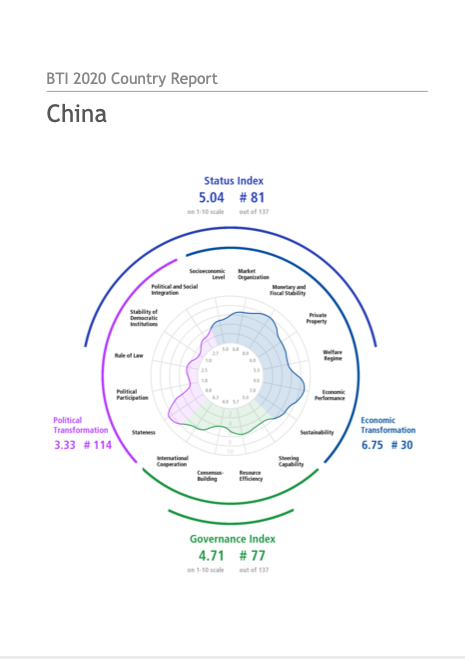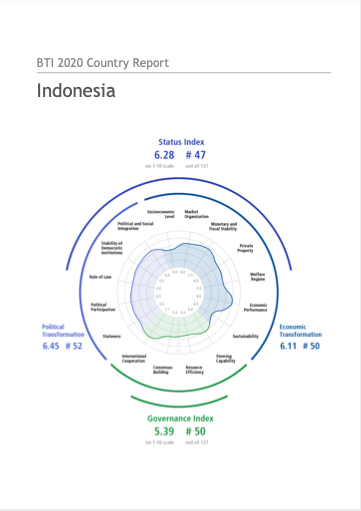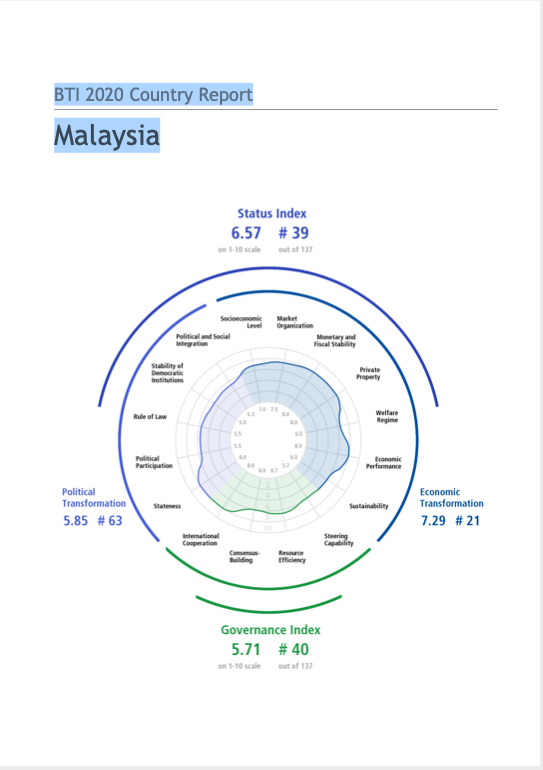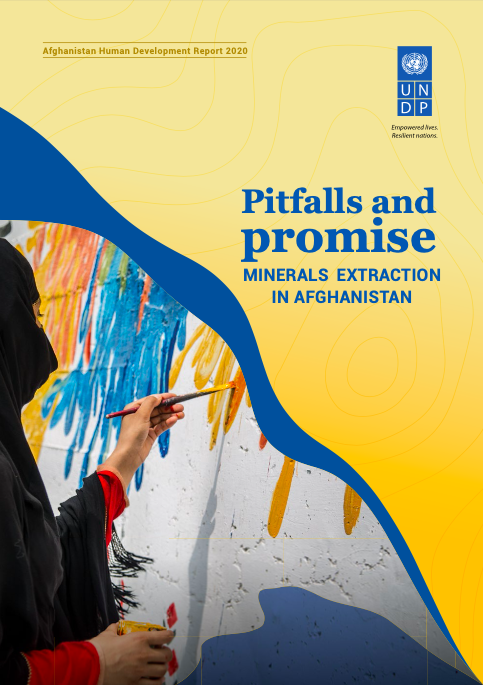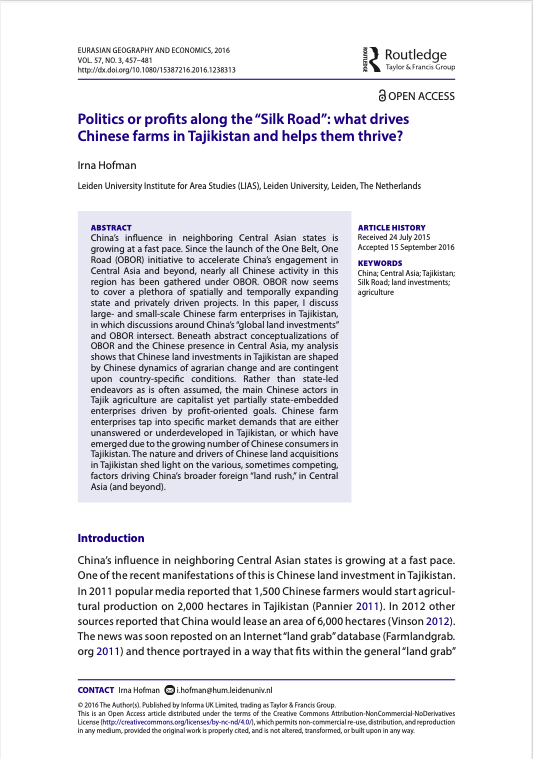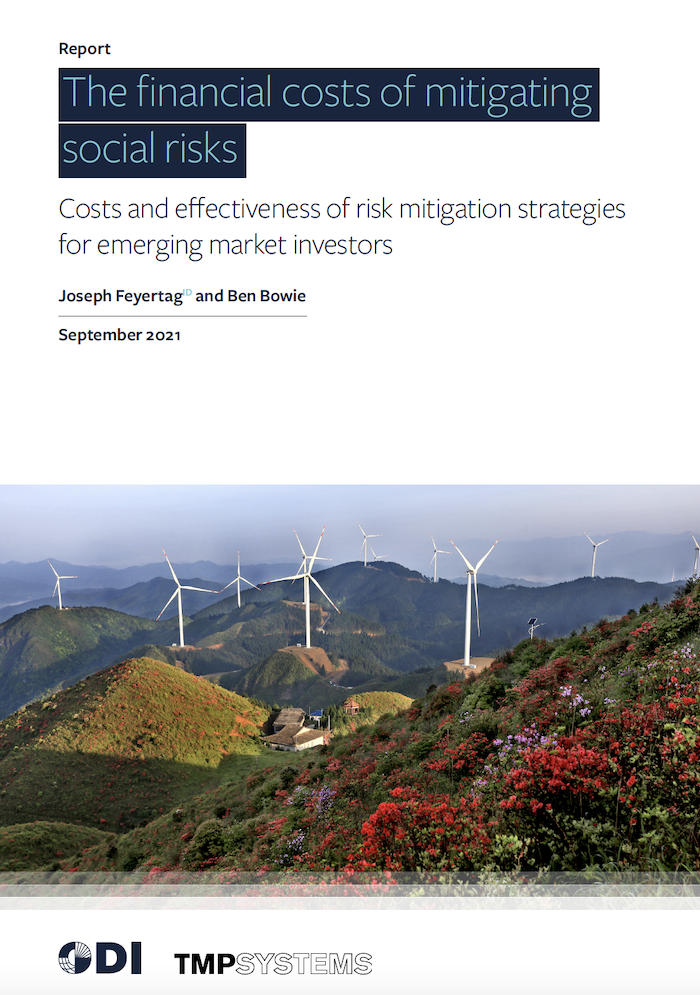Promoting Gender Equality in Foreign Agricultural Investments: Lessons from voluntary sustainability standards
Contains framework for analysing the gender impacts of foreign investment in agriculture; gender analysis of the certification criteria of voluntary sustainability standards and responsible investment frameworks; do voluntary sustainability standards improve gender equality?; lessons for responsible investment frameworks and recommendations.


